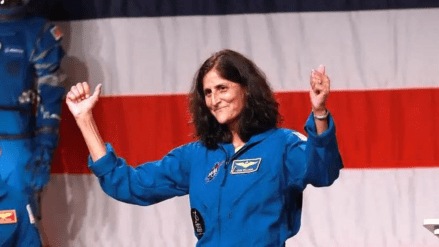NASA has not yet set a date for the return, having postponed it three times. The capsule has experienced five helium leaks, five manoeuvring thruster failures, and a propellant valve failure since liftoff on June 5. As a result, the crew in orbit and mission management in Houston have had to spend longer than anticipated seeking solutions mid-mission.
The initial plans for the return of Boeing’s two astronauts, Barry Wilmore and Sunita Williams, to Earth have been derailed by issues with the Starliner spacecraft, which is still docked at the International Space Station (ISS). As a result, last-minute repairs and tests are prolonging a mission that is vital to the future of Boeing’s space division.
The current case scenario…
According to NASA’s commercial crew manager Steve Stich, Starliner can remain docked at the ISS for up to 45 days. However, based on a variety of backup systems, it might remain docked for up to 72 days if absolutely required, like in the event that new issues crop up and mission authorities are unable to address them in time. A source claimed that Starliner’s most recent internal return goal date is July 6. With that return date, the expedition, which was supposed to take eight days, would really last one month.
Starliner’s expendable propulsion system is part of the craft’s “service module.” The current problems centre on this system, which is needed to back the capsule away from the ISS and position it to dive through Earth’s atmosphere. Many of Starliner’s thrusters have overheated when fired, and the leaks of helium used to pressurise the thrusters appear to be connected to how frequently they are used, according to Stich.
When NASA approves the team’s return, Starliner’s thrusters will be used to undock the capsule from the ISS and start the roughly six-hour flight home. During the descent, the capsule will gradually tighten its orbit before landing with the help of airbags and parachutes at one of several possible locations in the southwestern United States.
In the worst case scenario…
One possibility would be to send Wilmore and Williams home on Crew Dragon, which transported four astronauts to the station in March and can accommodate more people in an emergency, if Starliner is found to be unable to return them safely to Earth. Even though it is improbable, Boeing would surely be embarrassed by that situation. However, nothing about Starliner’s existing issues suggests that this would be necessary, according to NASA and Boeing officials as well as program-aware engineers.
The magnitude of Starliner’s technological problems would be one of the elements determining its fate in such a situation.
The last time a NASA astronaut required a backup means of transportation home was in 2022, following the arrival of two cosmonauts and American astronaut Frank Rubio to the International Space Station when Russia’s Soyuz spacecraft experienced a coolant leak.
(with inputs from Reuters)
